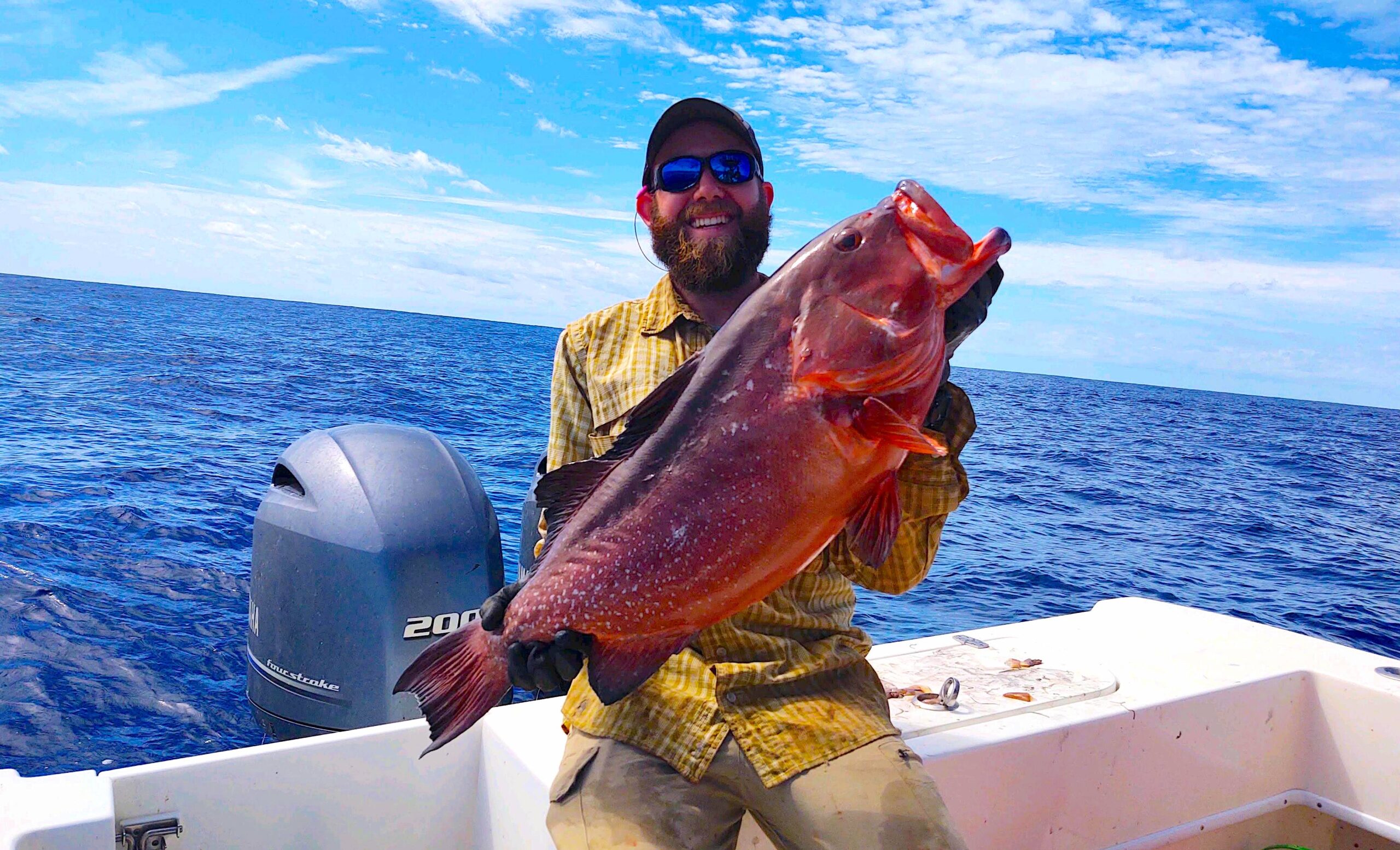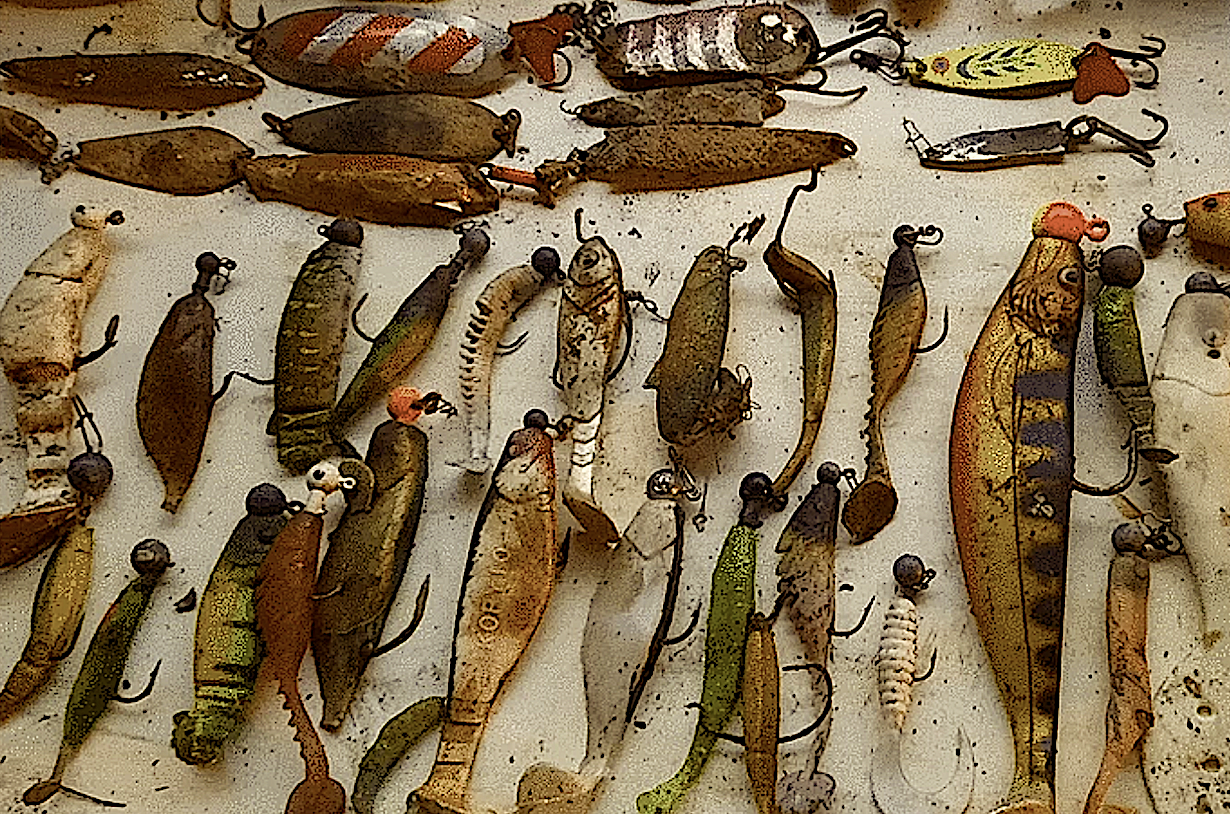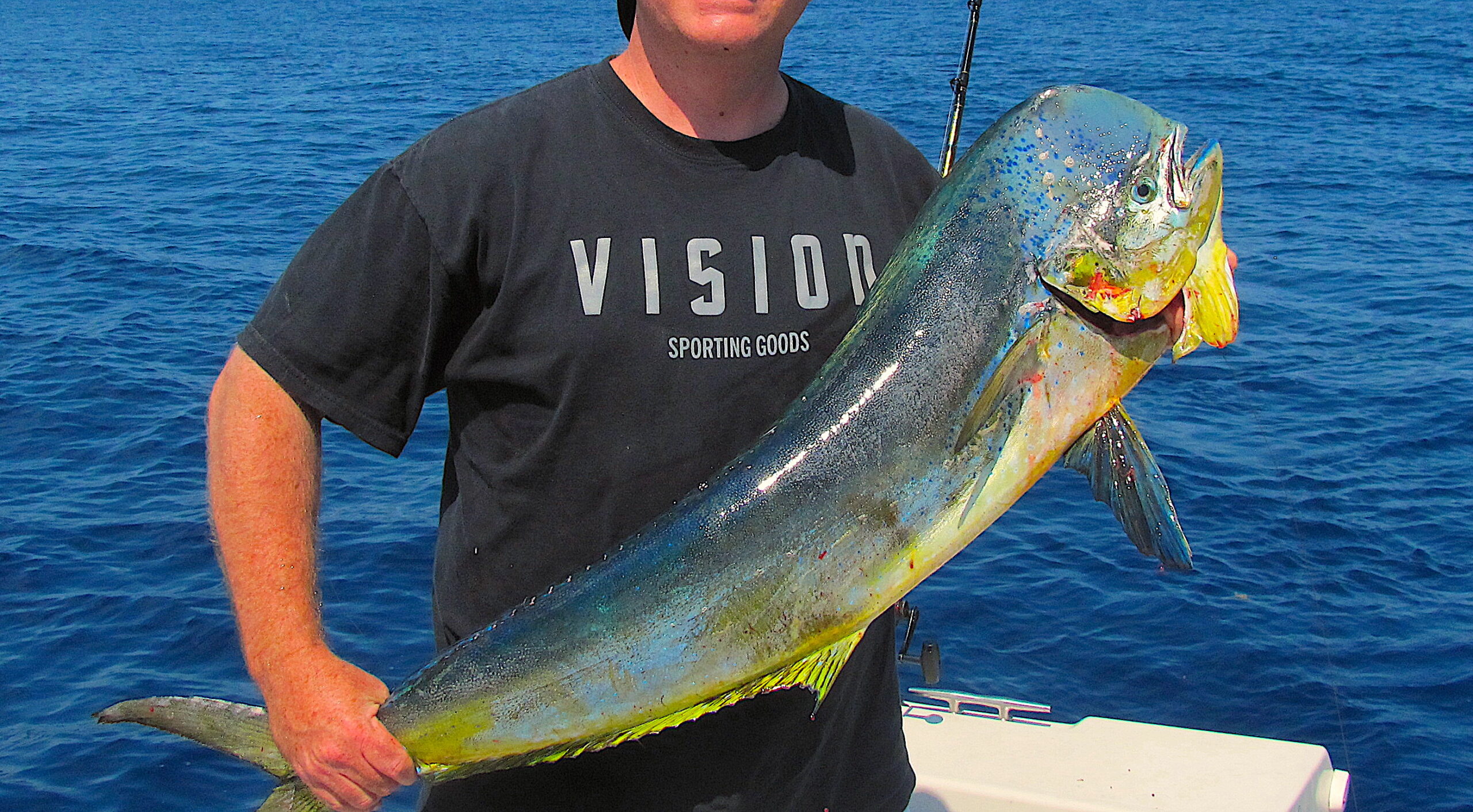One Fish, Two Fish — or Was That Fish the Same Fish as the First Fish?

Repeatedly catching the same individual fish could influence populations and stock assessments.
Research Need
Any seasoned largemouth bass angler who has a favorite fishing spot has likely formed a relationship with one or two distinctive fish. It’s tempting to dismiss the possibility that the same thing could happen in the ocean, but tagging studies have documented repeated captures of individual marine fish across a variety of species.
But just how often are fish repeatedly captured? Does it affect their survival? And does this phenomenon affect stock assessments?
What did we study?
We looked at data from tagging studies of four reef species — black sea bass, grey triggerfish, red grouper, and Warsaw grouper — to determine the degree to which repetitive capture occurred. We also looked at whether recapture rates between each successive release could tell us something about survival. Finally, we analyzed how these factors could influence the results of stock assessments.
What did we find?
In all four tagging studies, repetitive capture occurred very frequently. Some individual tagged fish were caught as many as 7 times over 2 years. We determined that this could influence the perception of “how many fish are out there” for some fisheries, because data collection protocols generally treat each release as a unique fish — which means that some fish are double-counted or triple-counted.
Anything else?
Interestingly, we also determined for 3 of the 4 species we examined that the proportion of released fish that survive seems to increase for releases after the first release. We thought of 3 or 4 possible explanations for this, and we believe the most likely, by far, is that some fish are just more resilient to catch and release.
So what?
We determined that our findings could have important implications for stock assessments. Specifically, when modeled under a scenario in which fewer released fish died, we saw that the fishing mortality might be lower than current estimates for some species. These findings are specific to the species we studied, but overall this result might be good news for the stocks that anglers target most.
Reading
J. Runde, J. A. Buckel, K. W. Shertzer, N. M. Bacheler, P. J. Rudershausen, B. Sauls. 2020. Repetitive capture of marine fishes: implications for estimating number and mortality of releases, ICES Journal of Marine Science. https://doi.org/10.1093/icesjms/fsaa166
Funding for the tagging studies was provided by NOAA grants NA14NMF4540061, NA09NMF4720265, NA09NMF4540140, and North Carolina Sea Grant Fishery Resource Grant projects 07-FEG-01 and 11-FEG-04.
Summary compiled by Brendan Runde, a Ph.D. candidate under Dr. Jeffrey Buckel at NC State’s Center for Marine Sciences and Technology in Morehead City, N.C. His dissertation focuses on comparing approaches to managing reef fish, like snappers and groupers. He received a master’s degree in fisheries, wildlife, and conservation biology from NC State and bachelor’s degrees in fisheries science and biology from Virginia Tech.
Lead photo: Brendan Runde, by Owen Mulvey-McFerron, NC DMF
The text from Hook, Line & Science is available to reprint and republish at no cost with this attribution: Hook, Line & Science, courtesy of Scott Baker and Sara Mirabilio, North Carolina Sea Grant. HookLineScience.com
- Categories:



